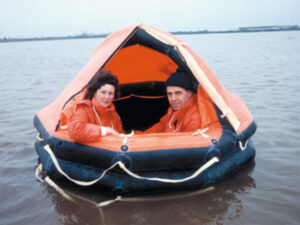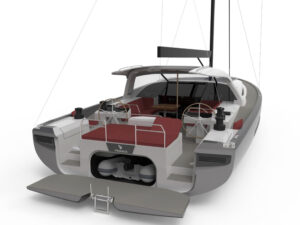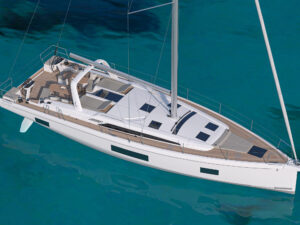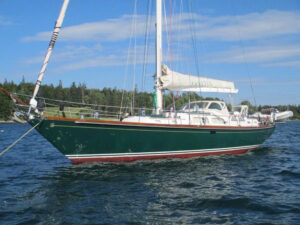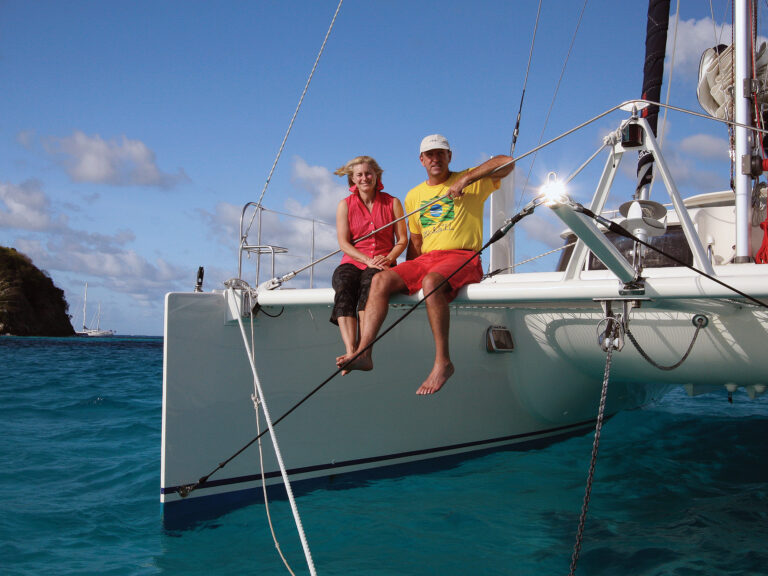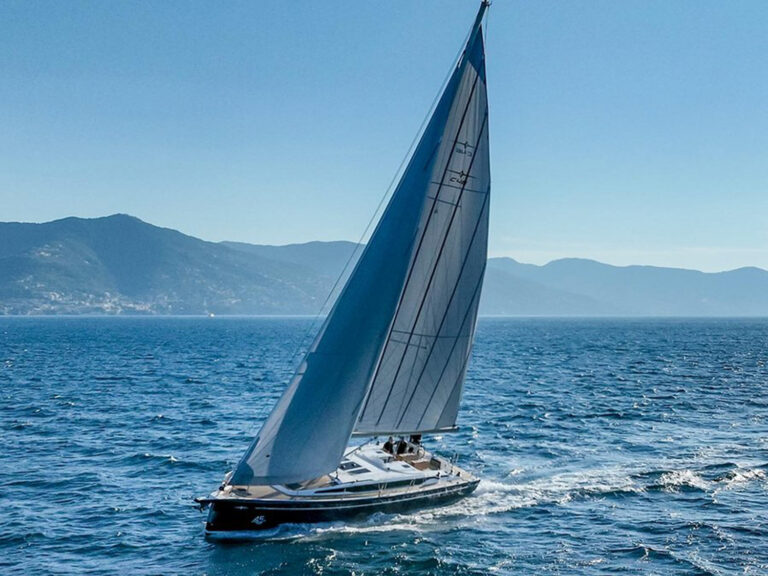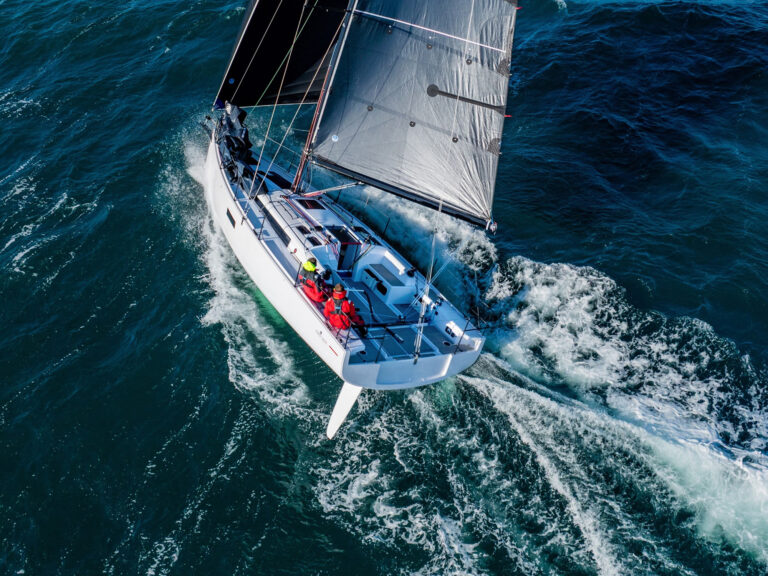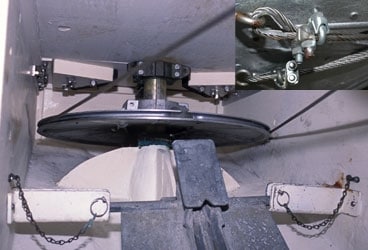
steering fix 368
There are a few systems aboard a sailboat that I place squarely in the essential category, meaning that the failure of any one of them could place the crew or vessel in mortal danger. The list includes the rig and the engine, properly operating seacocks and the below-the-waterline plumbing, and the steering system. Whether under sail or power, without directional control, you’re going nowhere.
Despite the increase in popularity of drag-link steering, which relies on interconnected solid rods, cable-over-sheave systems remain by far the most common. There’s good reason for this: They’re simple and reliable. On a typical sailboat, the wheel is on a shaft with a sprocket on its other end, inside the pedestal. A chain runs over the sprocket and down to the bottom of the pedestal, where its two ends are fastened to wire ropes. The ropes bend through sheaves and run to the steering quadrant, which is attached to the rudderstock. Though basic in design and operation, the steering system will suffer without proper installation and maintenance.
Your steering should be inspected annually and also before any offshore passage. An inspection means eyeballing all of the components, every inch of cable and chain, every sheave, and each sprocket, even if it means disassembling joiner work or overheads. If you haven’t seen it, you haven’t inspected it. Drag a thick, cotton rag over the entire length of steering cable in both directions. If broken strands, sometimes called meat hooks, exist, they’ll snag the rag and alert you to a problem.
In some cases, I’ve inspected new systems that were on the verge of failure before the boat left the boat show. The most common shortcoming is cable-to-sheave alignment. To prevent chafe, the cable needs to be aligned with the groove in the sheave. Cables also should be taut enough that they won’t jump out of their track, but not so tight that they cause excessive wear. Tension is adjusted by turning the nuts on the eyebolts that connect the steering cables to the quadrant. Eyebolts should always be double nutted, and the nuts must be tightened against each other to lock them in place. I’d also use a thread-locking compound, such as Loctite 242.
The steering cables should have thimbles at either end, where they connect to the chain and quadrant, and they should be connected with either self-locking or seized shackles or with wire rope clamps, also known as bulldog clamps. The end fitting, no matter what kind, should be stainless steel or, if swaged, made up with a copper-alloy fitting.
While near the wheel, carefully inspect the chain for signs of cracked or elongated links. The wheel’s shaft, of course, should turn freely. All of the components should be well lubricated; my choice would be to use LubriMatic’s Marine Wheel Bearing Grease (www. plews-edelmann.com), which won’t wash off, although like all greases, it’ll oxidize over time. If the system is more than 5 years old, consider removing the chain and cleaning it in mineral spirits or kerosene. Then apply a liberal coating of new grease, kneading it into every link using a brush or gloved fingers. This goes for other lubricated components, such as sheaves and quadrant grooves, as well. Full cable and chain replacement should occur at 10-year intervals, or more frequently if the boat sees regular, hard ocean use. Many cruisers save the old assembly as a spare.
Steve D’Antonio is a regular CW contributor and offers services for vessel owners, boatbuilders, and others in the marine industry through Steve D’Antonio Marine Consulting (www.stevedmarineconsulting.com). Subscribe there to Steve’s just-launched blog, where he addresses a range of marine subjects. In next month’s CW, he writes about the proper installation of tanks.

